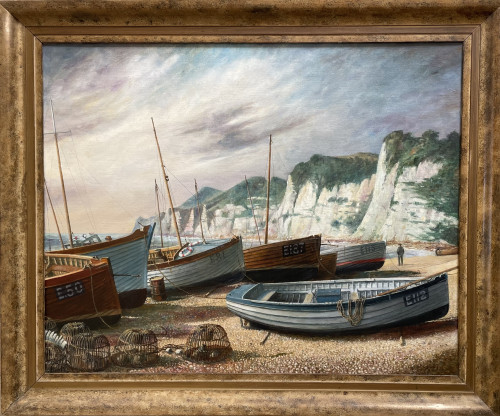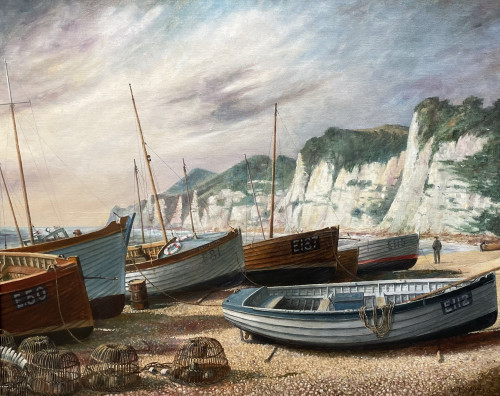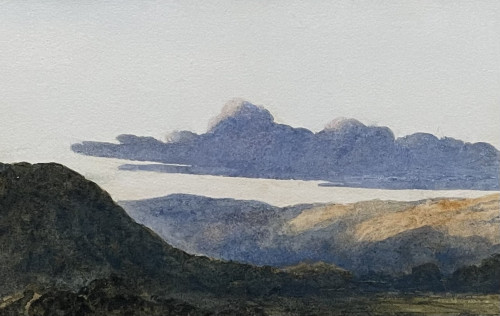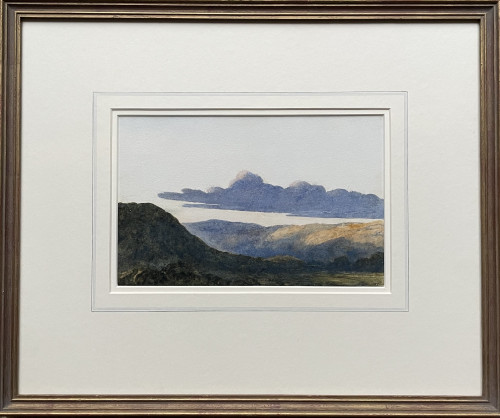- HOME
-
- View All Items
- New Arrivals
- Featured Items
- Artists
-
- View All
- Contemporary
- Birmingham School
- Cotswold Group
- Landscape
- Urban Townscape
- Abstract
- Animals/Birds
- Arts & Crafts
- British Impressionist
- Botanical
- Design/Industrial
- Fantasy/Fairy Subjects
- Female Artists
- Figurative
- Historical
- Illustration/Cartoon
- Marine
- Military/War Artist
- Modern British
- Pre-raphaelite/ Romantic/ Aesthetic
- Nude
- Portrait
- Prints
- Scottish
- Sculpture
- Sporting
- Still Life
- Theatrical
- Interiors/Architectural
-
ARCHIVE
Genre
- View All
- Contemporary
- Birmingham School
- Cotswold Group
- Landscape
- Urban Townscape
- Abstract
- Animals/Birds
- Arts & Crafts
- British Impressionist
- Botanical
- Design/Industrial
- Fantasy/Fairy Subjects
- Female Artists
- Figurative
- Historical
- Illustration/Cartoon
- Marine
- Military/War Artist
- Modern British
- Pre-raphaelite/ Romantic/ Aesthetic
- Nude
- Portrait
- Prints
- Scottish
- Sculpture
- Sporting
- Still Life
- Theatrical
- Interiors/Architectural
- ARTISTS
- Online Exhibitions
- Events
- About
- Contact
Golden Fields of Corn
Golden Fields of Corn
Together with a pencil drawing of the same subject taken from the artist’s sketch book, signed with monogram, inscribed and dated: Golden Fields of Corn in Evening Light ”“ Train from Euston 27.VII.1933 Southall was born in Nottingham in 1861, but on the death of his father in the following year, the family moved to be near his mother’s parents in Edgbaston, Birmingham. From a firm Quaker background, he was educated at Bootham School in York before returning to Birmingham in 1878 to take up articles as a trainee architect. At this time he also started part-time painting classes at the Birmingham School of Art whose Principal, Edward R Taylor, was a friend of William Morris and Burne-Jones, and a pioneer of the Arts and Crafts movement. Southall would forever be associated with the Birmingham Group, a loosely connected group of artists and craftsmen whose number included Arthur Gaskin, Maxwell Armfield and Henry Payne. In 1882 Southall visited France and in the following year the architects’ practice of Martin & Chamberlain sent him to study in Italy. The work of the Italian Renaissance masters had a huge effect on Southall and it was here that he first came into contact with works in tempera. On his return to Birmingham he decided to abandon his architectural career and become a painter. He starting to experiment in tempera and alongside a handful of other artists including John Roddam Spencer Stanhope, his work was to start the revival of tempera painting in Britain. In 1901 he was prominent among the artists who exhibited at the Modern Paintings in Tempera exhibition at Leighton House and six months later was one of the founder members of the Society of Painters in Tempera. Before World War I he worked on a series of large tempera paintings of mythological, romantic and religious subjects that were to make his name. Following the war he was a regular traveller, his favourite destinations being France, Italy, Fowey in Cornwall and Southwold in Suffolk and these trips usually resulted in many watercolours of landscapes and figure subjects. He also painted frescos, most famously Corporation Street Birmingham in March 1914 on the staircase of Birmingham Museum & Art Gallery. He was a member of the Royal Watercolour Society, New English Art Club, Arts and Crafts Exhibition Society and the Art Workers Guild and was President of the Royal Birmingham Society of Artists.
Dimensions:
Thank you for your enquiry.
We will get back to you soon.
Please create wishlist to add this item to
RELATED ITEMS





















